.
.

The only known photograph of Blind Willie Johnson. 1927.
.
.
___
.
.
Blind Willie Johnson Leaves the Solar System
by Henry Blanke
.
…..If I were to go out to the street right now and ask 20 people who Blind Willie Johnson was, I bet only one or two would know, yet he was one of the greatest and most influential figures in the history of American music. Bob Dylan, Eric Clapton, Peter, Paul and Mary, Led Zeppelin, Willie Nelson and Sinead O’Connor are among the artists he impacted and who recorded his songs as tribute, but his life remains shrouded in mystery.
…..He was born in or around 1897 somewhere close to Pendleton, Texas. As a child his sharecropper father and stepmother moved with him and his brother to Marlin, Texas where he spent his childhood. At age five his father gave him his first guitar made out of a cigar box. When he was seven his father found his stepmother with another man and flew into a violent rage. In retaliation she threw lye in Willie’s face, blinding him for life. At least that’s the most widely accepted account.
…..By the time he was a young teenager he was working as an itinerant musician and preacher. (He was strongly affected by the Baptist church his family attended every Sunday.) In 1926 or ’27 he was unofficially married to Willie B. Harris, with whom he had a daughter. In 1932 or ’33 he officially married Angeline Robinson. Only one photograph of him is known to exist. Between 1927 and 1930 Johnson recorded 29 of his songs in Dallas, Atlanta and New Orleans. They were commercially successful enough that he was able to buy a car during the Depression, but he never recorded again. Those songs went on to change the course of American popular music.
…..“John the Revelator” was recorded in 1930 in Atlanta and is representative of Johnson’s unique gospel blues. It employs the call and response form prevalent in most genres of African American music which he would have imbibed like mother’s milk while attending church as a child. The responses on the song are supplied by his common law wife Willie B. Harris. Johnson calls: “Well who’s that writin’?” Harris responds: “John the Revelator.” “Who’s that writin’?” / “John the Revelator” / “Whose that writin’?”/ “John the Revelator” / “A book of the seven seals.” With only slight variations in the lyrics those verses are repeated over and over like a mantra. The source of the lyrics is the apocalyptic Book of Revelations – as an itinerant preacher he knew the Bible well – and the song has an uncanny aura of mystical foreboding. And the ferocious gravely growl of his voice (at times it sounds like the croaking of a surreal frog) heightens the effect.
.
Listen to “John the Revelator” [Columbia/Legacy]
.
…..A similar sense of apocalyptic dread permeates Johnson’s “Jesus is Coming Soon” about the influenza epidemic of 1918-19 which claimed over 675,000 lives in the United States alone. “In the year of nineteen eighteen God sent a mighty disease / It killed many a-thousand on the land and on the seas. Great disease was mighty and the people were sick everywhere / It was an epidemic it floated in the air.” This time, with Harris harmonizing, his voice is especially deep chested and growling. “Mother’s Children Have a Hard Time” is perhaps the most personal of Johnson’s songs since his mother died when he was very young. “Motherless children have a hard time, mother’s dead / Don’t have anywhere to go, wandering ‘round from door to door.” And remember, his stepmother blinded him with a caustic solution. The song is performed solo with Johnson accompanying himself on guitar. Especially noteworthy are his driving finger pick bass lines.
.
Listen to “Jesus is Coming Soon” [Columbia/Legacy]
.
Listen to “Mother’s Children Have a Hard Time” [Columbia/Legacy]
.
…..Johnson was one of the earliest masters of the slide or bottleneck guitar – called that because it is played with a metal ring or a small bottle on one of the player’s fingers. This creates a distinctive gliding across pitches and vibrato effects. His sound was even more unique than his contemporaries because he used a pen knife to create those souns. On “Nobody’s Fault But Mine” the call and response is between his singing alternating with his guitar parts. Eric Clapton called it “Probably the finest slide guitar playing you’ll ever hear.” Music historians have noted Johnson’s remarkable skill playing slide guitar. He could sound three or four melody notes by hitting a string once. And he controlled the vibrato by speeding it up or slowing it down. On “Jesus Just Make Up My Dying Bed” he uses the guitar to harmonize with his singing while at the same time playing bass lines using his thumb.
.
Listen to “Nobody’s Fault But Mine”
.
Listen to “Jesus Make Up My Dying Bed” [Columbia/Legacy]
.
…..In Black Baptist churches there is a style of singing called unison moaning where, instead of harmonizing, the choir hums the same vocal lines, but with each singer adding slight variations. On “Dark Was the Night, Cold Was the Ground,” perhaps the greatest distillation of his art, Johnson replicates unison moaning. There are no lyrics, just his slow melancholic humming and moaning accompanied by guitar variations. In retrospect, this song seems like an eerie premonition. 17 years after it was recorded a fire destroyed Johnson’s house. Having no place else to go he returned to the gutted remains and tried to ward off the cold with damp bedsheets and the old newspapers that his wife read. He contracted pneumonia but was refused a hospital bed no doubt because he was bind and Black. He died on September 18th 1945.
.
Listen to “Dark Was the Night, Cold Was the Ground” [Columbia/Legacy]
.
…..In 1977 NASA launched two Voyager space probes in order to explore interstellar space. Both probes carried on board a gold plated audio-visual disc which included photos, scientific information, greetings in other languages, the sounds of various animals and music. The intention was that if either probe was discovered by extraterrestrial beings they could glean something important about human culture and life on Earth. Both Voyager 1 and 2 exited the solar system. Among the music included on the Voyager Golden Record was “Dark is the Night, Cold is the Ground” by Blind Willie Johnson who sang on street corners with a tin cup around the neck of his guitar for coins and died penniless. But some time in the 1970s his holy music left the solar system.
.
.
___
.
.
Henry Blanke has been listening to jazz and Black popular music since 1973. He frequented the Village Vanguard and other New York City jazz clubs for 40 years. He now resides in New Orleans, where much of the music he loves originated.
.
.
.

This gold aluminium cover of the Voyager Golden Record on which Blind Willie Johnson’s song appears was designed to protect the Voyager 1 and 2 “Sounds of Earth” gold-plated records from micrometeorite bombardment, but also serves a double purpose in providing the finder a key to playing the record. The explanatory diagram appears on both the inner and outer surfaces of the cover, as the outer diagram will be eroded in time. Flying aboard Voyagers 1 and 2 are identical “golden” records, carrying the story of Earth far into deep space. The 12 inch gold-plated copper discs contain greetings in 60 languages, samples of music from different cultures and eras, and natural and man-made sounds from Earth. They also contain electronic information that an advanced technological civilization could convert into diagrams and photographs. Currently, both Voyager probes are sailing adrift in the black sea of interplanetary space, flying towards the outmost border of our solar system.
.
Click here to view the track listing on the two discs
.
.
___
.
.
Click for:
Information about how to submit your essay, poetry or short fiction
Subscribe to the (free) Jerry Jazz Musician quarterly newsletter
Helping to support the ongoing publication of Jerry Jazz Musician, and to keep it commercial-free (thank you!)
.
.
___
.
.
Jerry Jazz Musician…human produced since 1999
.
.
.






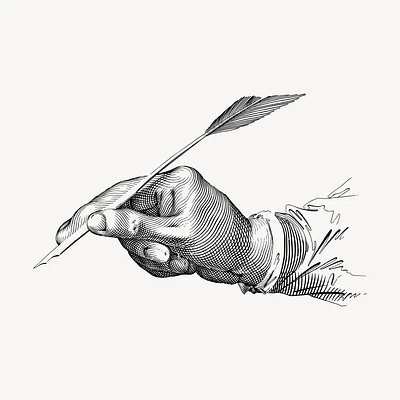


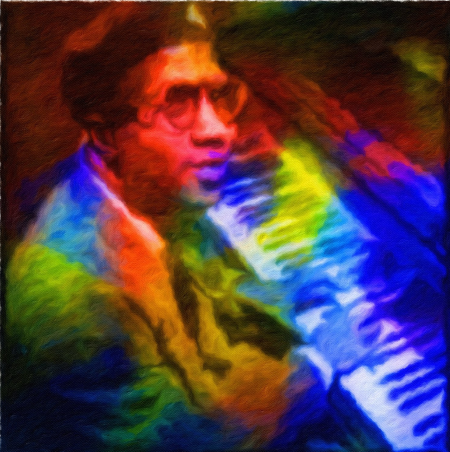
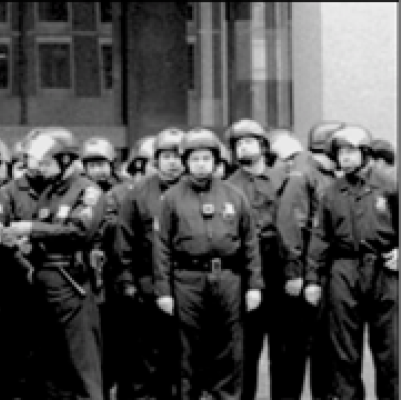




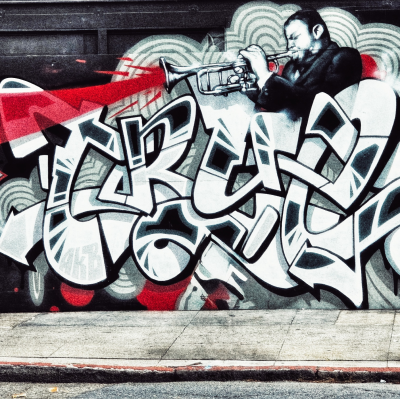
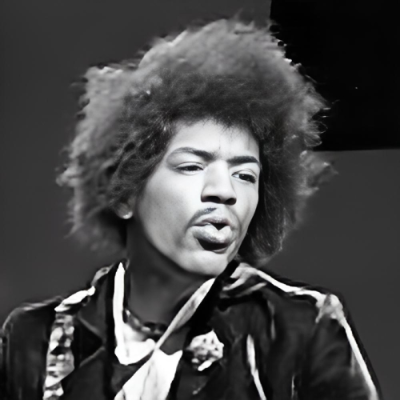

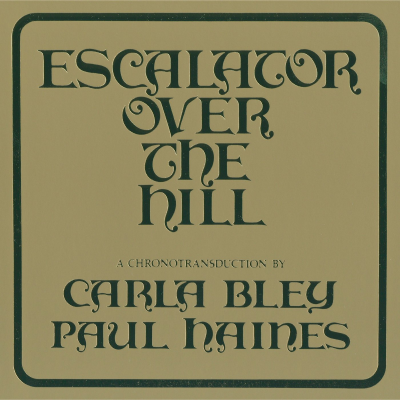



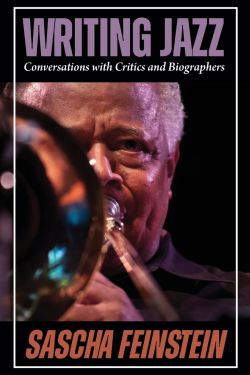



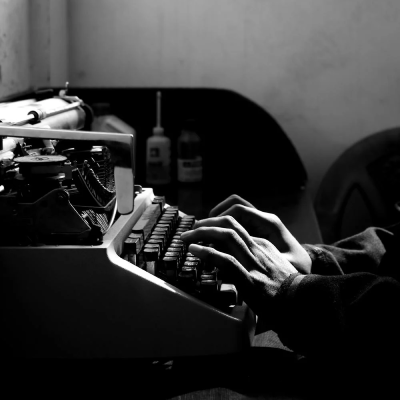



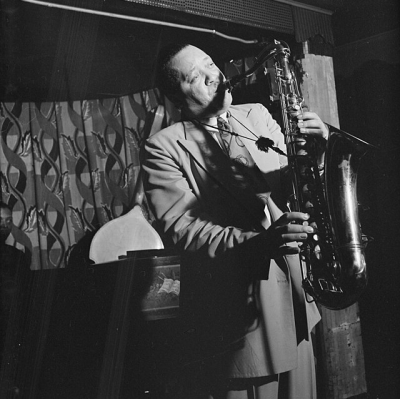


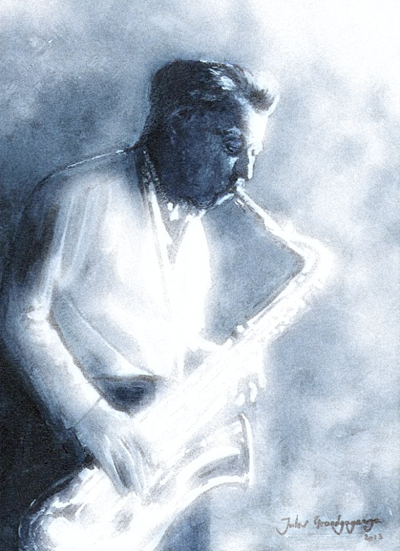

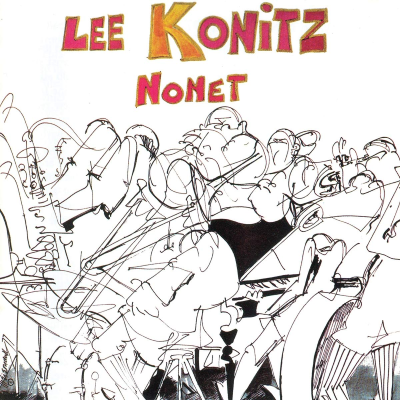
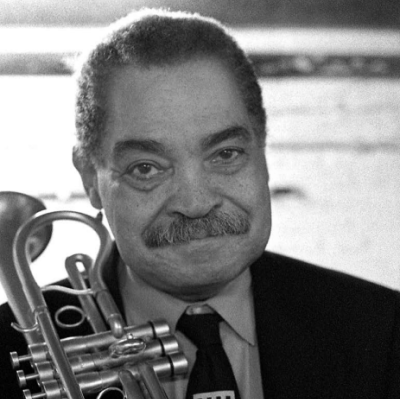

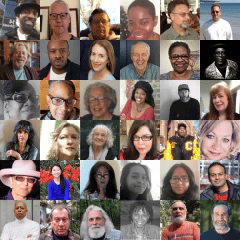

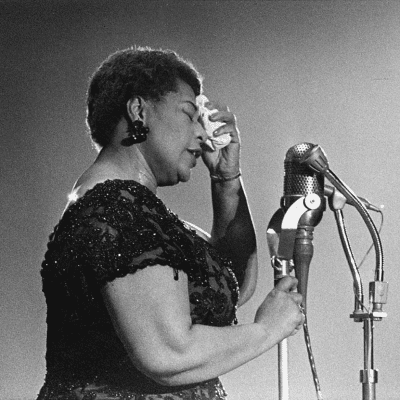



Thanks for this great article. I’ve been a Blind Willie Johnson fan since the early 70’s when I heard Maria Muldaur sing one of his songs. I went to the source and have enjoyed his music ever since. Particularly, since the CD era has made his completed output available.
Daniel, I am happy that you enjoyed it.